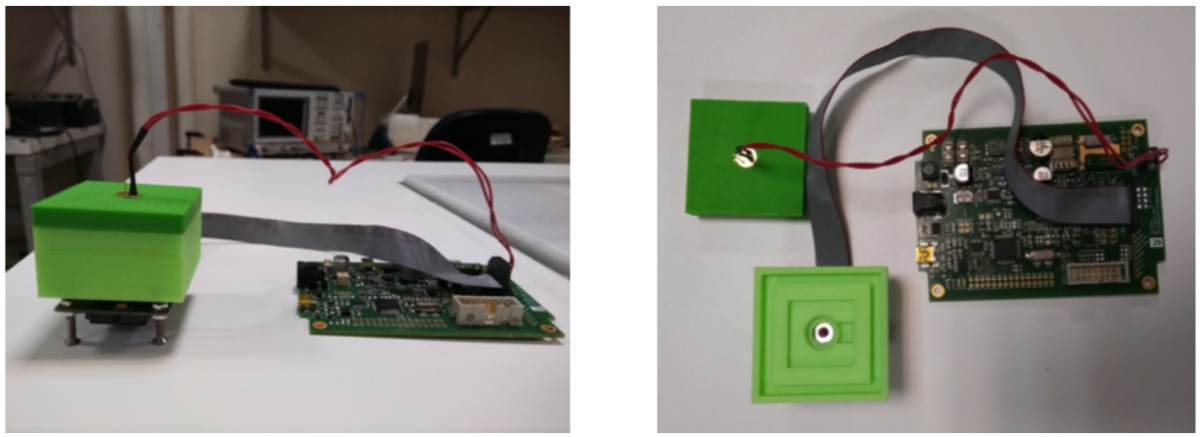





In this study, we systematically evaluated metabolites and proteins in blood to develop a pipeline to identify potential circulating biomarkers for breast cancer risk. Our aim is to identify a group of molecules to be used in the design of portable and low-cost biomarker detection devices. We obtained plasma samples from women who are cancer free (healthy) and women who were cancer free at the time of blood collection but developed breast cancer later (susceptible). We extracted potential prognostic biomarkers for breast cancer risk from plasma metabolomics and proteomics data using statistical and discriminative power analyses. We pre-processed the data to ensure the quality of subse- quent analyses, and used two main feature selection methods to determine the importance of each molecule. After further feature elimination based on pairwise dependencies, we measured the performance of logistic regression classifier on the remaining molecules and compared their biological relevance. We identified six signatures that predicted breast cancer risk with different specificity and selectivity. The best performing signature had 13 factors. We validated the difference in level of one of the biomarkers, SCF/KITLG, in plasma from healthy and susceptible individuals. These biomarkers will be used to develop low-cost liquid biopsy methods toward early identification of breast cancer risk and hence decreased mortality. Our findings provide the knowledge basis needed to proceed in this direction.

Figure: The experimental setup for the Fabry-Perot interferometer measurements.
Boğaziçi University
Volumetric Analysis & Visualization Group
Electrical and Electronics Engineering Dept
34342 Bebek / Istanbul
Tel: +90-212-3596465 / 3596414 (Dept.)
Fax: +90-212-2872465
Email: acarbu@boun.edu.tr

